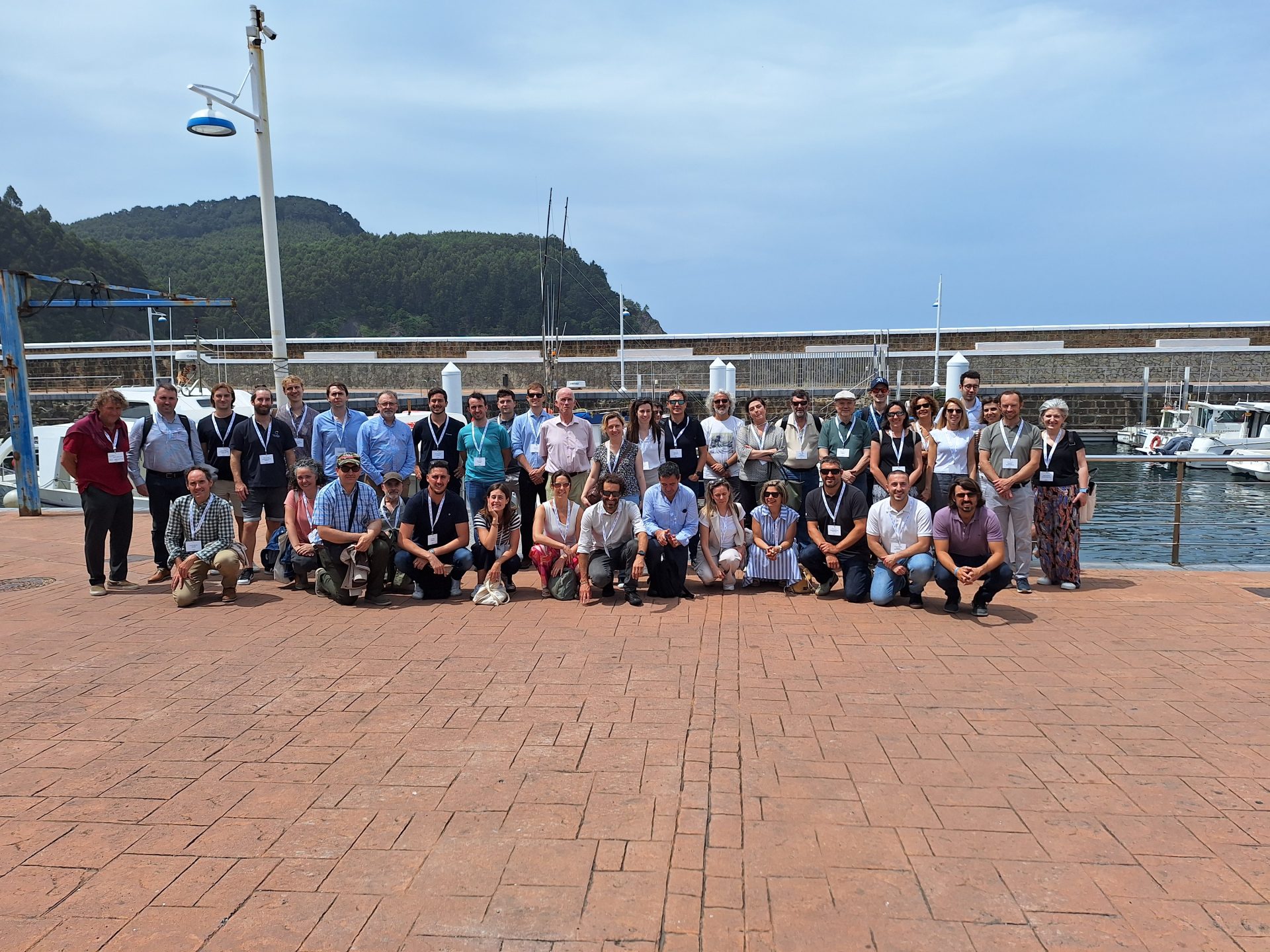“TECNALIA is adding the potential of data and AI to its testing capabilities, in order to create a living, connected digital platform”
TECNALIA held another HarshLab Day, an event in which partners and customers got to know first-hand the new capabilities of its floating infrastructure, HarshLab, located 1.6 nautical miles off the coast of Armintza.
This laboratory, initially designed to study and validate materials, coatings and components in marine environments, has evolved over the years. It has added new capabilities arising from industrial demand and connected research with decision-making.
Now, TECNALIA is adding the potential of data and AI to its testing capabilities, in order to create a living, connected digital platform. Each sensor, sample or week of exposure that generates information will help predict behaviour by improving the operation and maintenance of offshore renewables, optimising materials and shortening validation cycles.
A digital, living and connected HarshLab
This year, companies such as Scottish Power, HEMPEL, CoreMarine and others presented some use cases with a positive impact on their business:
- Sandra Seijo (AYESA) took attendees through the developments that this company and TECNALIA are carrying out jointly in the field of AI for the generation of a predictive model for structural components of floating wind turbines; and another specific example for the prediction of meteocean conditions.
- Ainhoa Jausoro (INALIA) explained how their tests at HarshLab are enabling the improvement of its advanced monitoring system for offshore structures, with the recovery of data for O&M of critical components and ensuring the reliable operation of the systems. Among other things, she highlighted the opportunity to add new AI-based approaches and the creation of datasets for estimating the remaining lifetime of moorings and umbilicals in renewable technologies.
- On behalf of VICINAY MARINE, Aintzane Expósito presented the company’s development: remote monitoring of corrosion in mooring lines, which they have carried out together with TECNALIA. This system enables the monitoring and prediction of their future behaviour, as well as their remaining lifetime, contributing to the optimisation of maintenance operations on mooring lines.
- Pedro María Alonso (Scottish Power) and Santiago Arias (HEMPEL) presented the latest advances in optimising the durability of offshore structures by means of duplex coatings, and the latest developments in antifouling technologies for static structures in marine environments, respectively.
Dynamic cable installation
All these capabilities of HarshLab will be boosted by the installation of a dynamic cable that will connect the infrastructure to the onshore power grid, providing power for the monitoring systems, and serving as a hub for the connection of wave energy harvesters to the grid.
- CoreMarine explained the cable installation process, and went through the complex manoeuvres and planning of every detail.
- Among other new applications and together with colleagues from AZTI, the possibility of creating a marine climate change observatory in HarshLab for monitoring fish, birds and other ecosystem variables was discussed.
New possibilities for collaboration arose from each meeting, so if you didn't have the chance to take part and would like to explore a testing or validation idea at HarshLab, don't hesitate to contact us.

